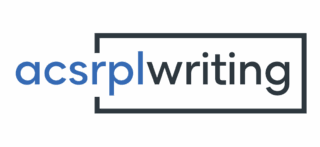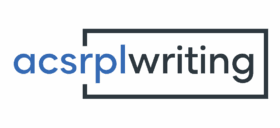Employment Reference letter sample for ICT Quality Assurance Engineer

Employment Reference Letter Sample for ICT Quality Assurance Engineer
Here is an Employment Reference Letter Sample for ICT Quality Assurance Engineer for ACS RPL Skill Assessment. This letter is to be issued by your HR/Manager of your organization on company letterhead including particular information regarding the duties you performed and the skills applied on the job. Employment Reference Letter for ICT Quality Assurance Engineer will be assessed as “Not Suitable due to insufficient information”, if the specific details of duties are not stated in the references.
Date: 01/12/2017
To whomsoever it may concern
This is to certify that Liu Yang was working with Tech Ltd. at Chaoyang District, Beijing, China as a Full-Time employee since Sep 6, 2010 to Nov 10, 2017 as an ICT Quality Assurance Engineer.
Employer Roles and responsibilities
- Candidates must review the requirements, technical specifications and design documents to provide timely and meaningful feedback for the user
- Create comprehensive and detailed, as well-structured test plans and test cases
- Estimation of the system and , prioritize, with plan and coordinate the testing work schedule
- Candidates must design, develop and execute automation scripts using open source tools for easiness.
- Identifying the problem and , record, document thoroughly and track bugs of the system.
- Apply multiple methods like regression testing when bugs are resolved
- Develop and apply testing processes for new and existing products without bugs or errors to meet client needs and requirements
- collaborate with internal teams (e.g. developers and product managers) to identify system requirements and problems
Scanning the debugging process outputs - find out the causes of non-conforming software and instruct users to implement solutions
- Should maintain the quality assurance like finding the defect and open defect counts.
- day to day update in new system or finding the new testing tools and strategies.
- Develop standards and methodology to regulate product quality and release readiness
- Identify any critical or flaws that users might encounter
- Perform manual and automated testing system for user
- Research and analyze the product features after tested and use it.
- stay update with new tools, technologies, and testing processes
- Review user interfaces for stability and usable function
Sincerely yours,
Mr Alumi,
Manager





